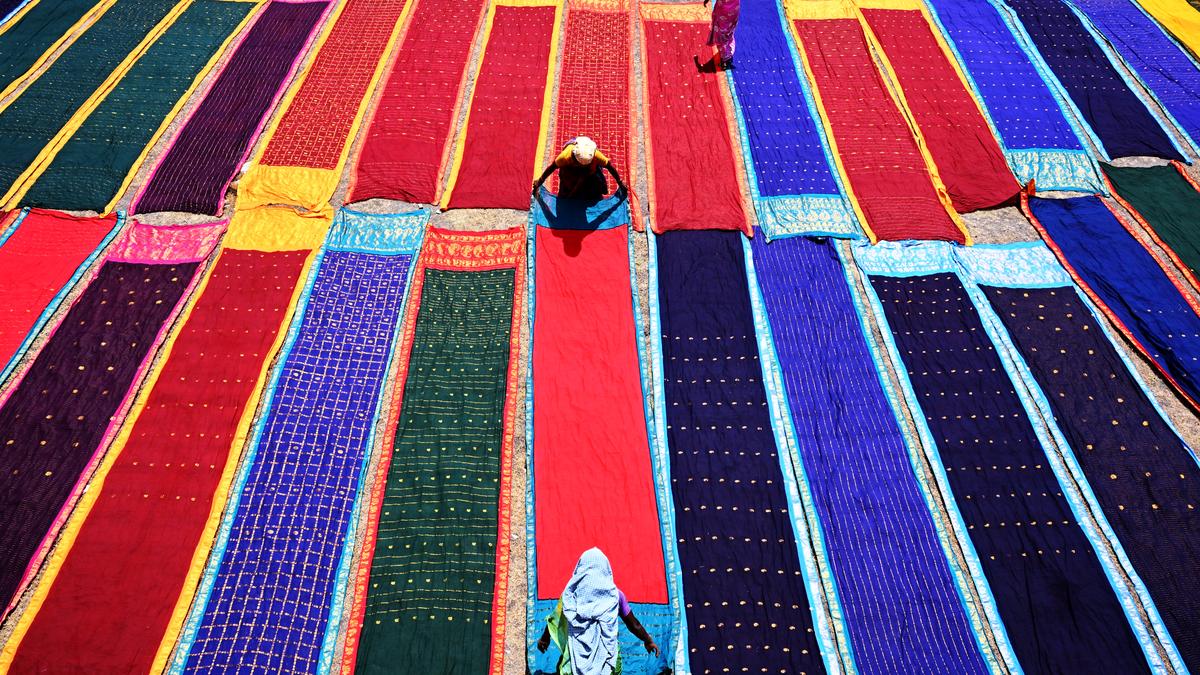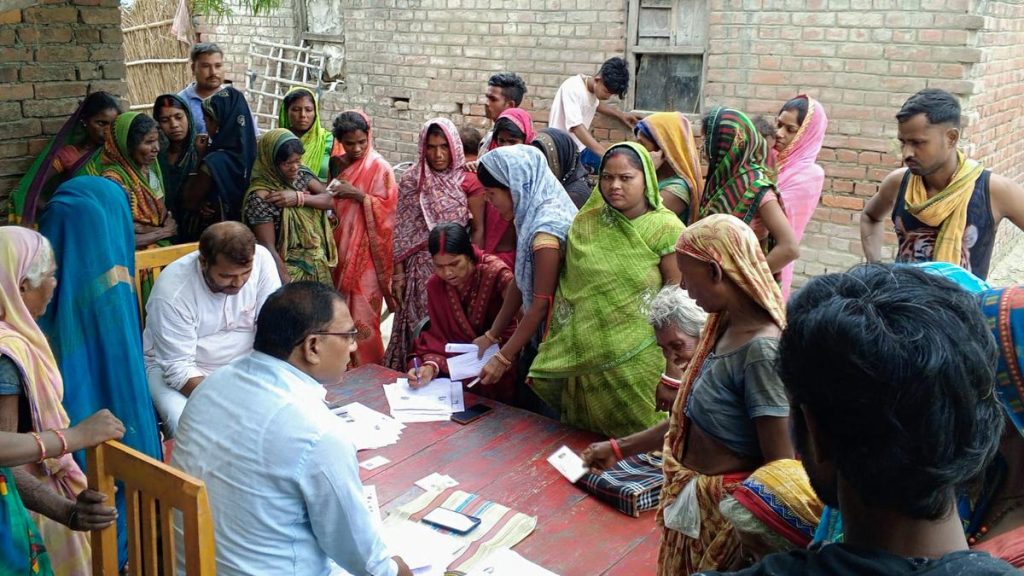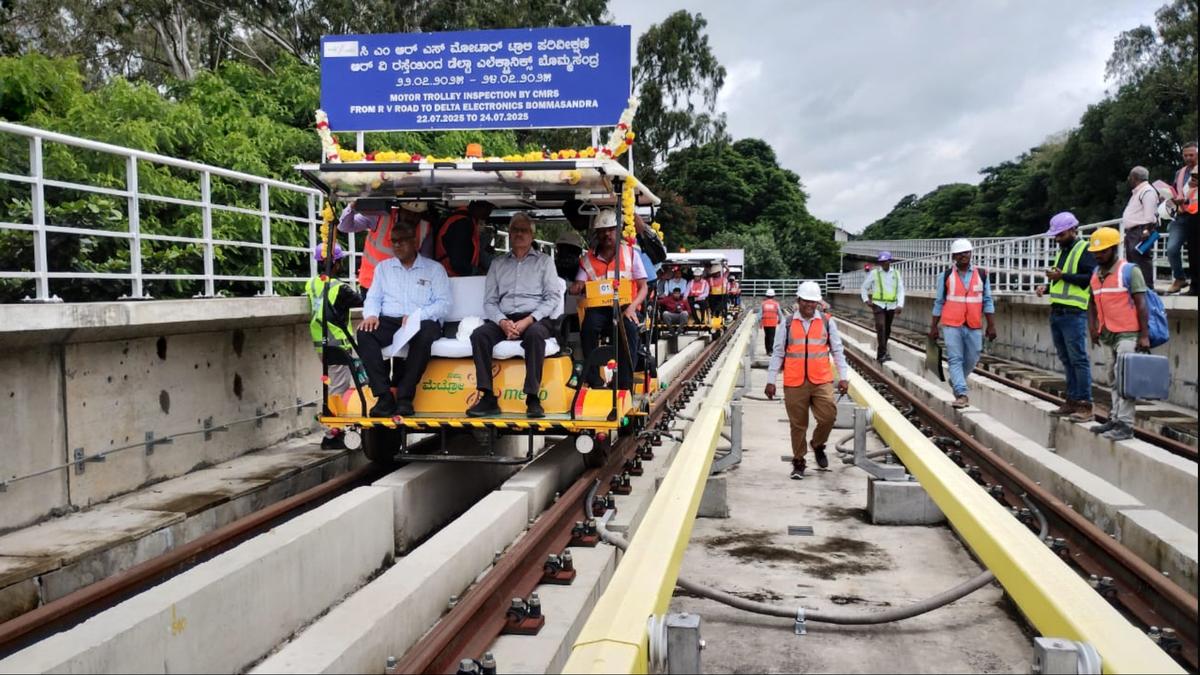Now Reading: Unraveling the Threads: A Handloom Tale
-
01
Unraveling the Threads: A Handloom Tale
Unraveling the Threads: A Handloom Tale

Swift Summary
- Kodali Karuppur Silk Sari: Historically popular garment patronized by Maratha kings of Thanjavur, combining hand-painting, block printing, and brocade-weaving techniques.
- Kovai Kora Cotton saris (GI Tag): Blended cotton-silk saris dyed in cold water and woven in Coimbatore; priced at ₹3,000 per sari wiht weavers earning ₹1,100 per piece.
- Handloom Weaving in Tamil Nadu:
– Tamil Nadu has a rich legacy of handloom weaving with 2.51 lakh registered weavers across 35 clusters and 11 GI-recognized products. Products range from saris to yoga mats.
– Despite their cultural importance, the number of skilled workers is rapidly declining due to low wages (₹500/day for cotton; ₹750/day for silk) and high overhead costs.
- Decline in Sungudi Craft:
– Madurai’s Sungudi artisans have decreased from around 50,000 to just 3,000 over the decades. Many processes have shifted from manual tie-dyeing techniques to faster screen-printing methods.
– Pure handcrafted Sungudi products take about 40 days to make and cost at least ₹7,000 due to high labor costs.
- Challenges Faced by Weavers:
– Dwindling demand domestically; younger generations are not interested in traditional weaving trades as earnings remain marginal (~₹12,000/month combined for a couple).
– Rising raw material prices limit profitability despite Geographical Indication tags adding recognition value globally.
- Government & Industry Responses:
– Initiatives include mini-handloom parks (currently four functioning with more planned), cluster-development programs focusing on modernizing looms traditionally used across districts like Salem or Madurai’s silk hubs creation under silk parks policies benefiting select southern participants further aimed promoting exports aside promotional niche exhibitions effectively organized cooperatively.
Indian Opinion Analysis
The plight of Tamil Nadu’s handloom sector highlights a critical but diminishing heritage intertwined deeply with India’s cultural identity. While geographical Indication (GI) tags position these products as premium items globally-and the government has initiated infrastructure development like mini-handloom parks-the rise in raw materials’ costs coupled unluckily glaring drop earnings thus recent years signify entry largely unsustainable dependent policy implementation restructuring speed modernization integration digital spaceening also urgently crucial retaining global buyer focus contexts consistently balancing artisan community well-being vulnerable inflation effects
























